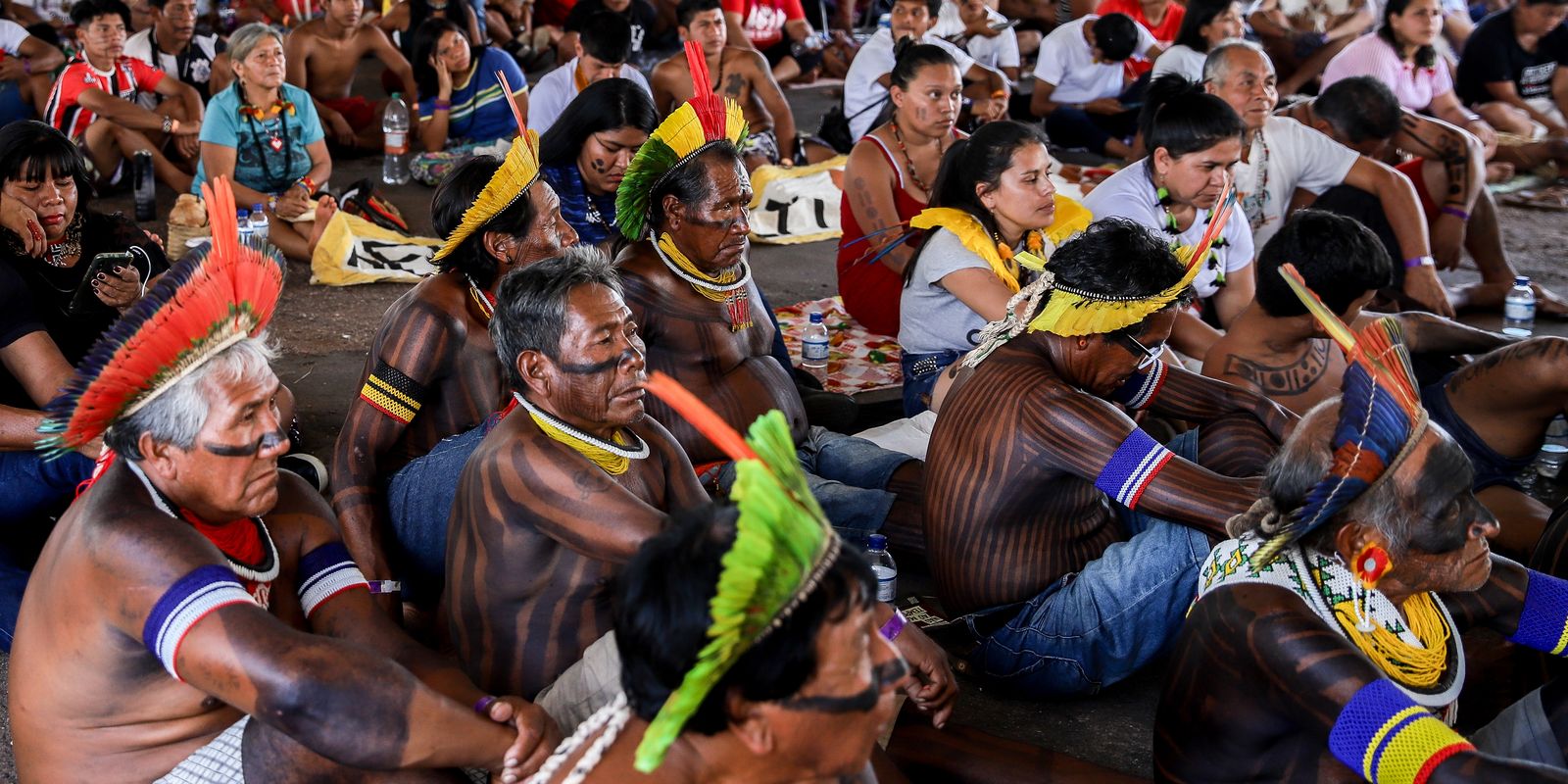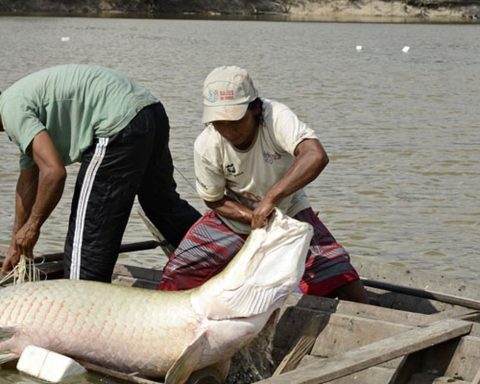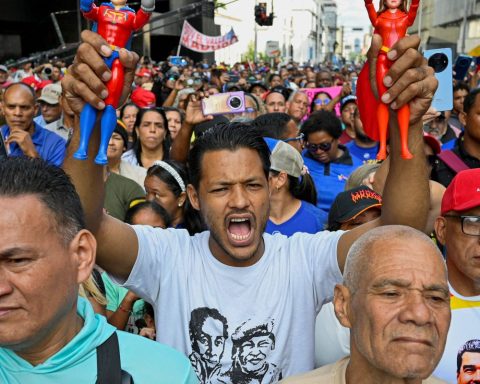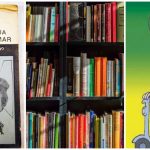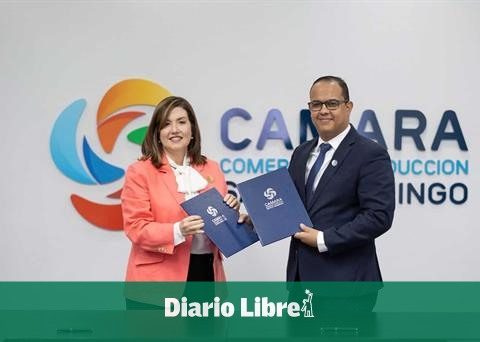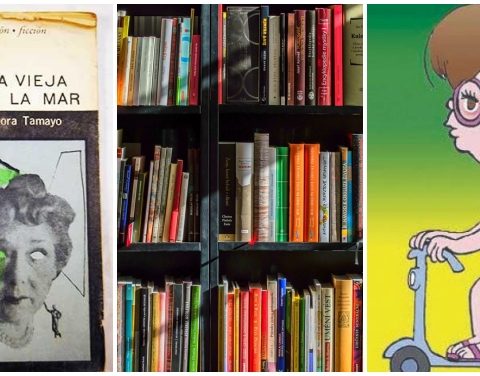The National Museum of Indigenous Peoples, a scientific-cultural body of the National Foundation of Indigenous Peoples (Funai), will publish the Cunhambebe Tupinambá Award Notice this Friday (9), the date on which the International Day of Indigenous Peoples is celebrated. The goal is to support initiatives of cultural projects developed by indigenous peoples and works of indigenous artists in various areas.
Indigenous communities, associations, groups, cultural collectives and individual microentrepreneurs, with active registration in the National Registry of Legal Entities (CNPJ) can participate in the call. In total, the prize pool should reach R$540,000, divided into 18 prizes – three for each of the Brazilian biomes – a total of R$30,000 for each winning project.
Registration is open until September 26th. Interested parties can register using the electronic form or by post, through the Post Office. In this case, interested parties must send the material within the deadline and accompanied by all the documentation required in the notice, under penalty of disqualification.
Selection
The selection stage will be carried out by a Selection Committee, defined by the museum, by means of an ordinance, composed of six members, among Funai employees, with recognized experience in the area, judgment capacity and notable knowledge of the fields of coverage provided for in the notice.
The call for proposals provides for the granting of the use of audiovisual material from the winning projects as a means of promoting and adding to the museum’s collection. The award is an ongoing policy of financing, promoting and disseminating cultural initiatives of indigenous peoples throughout the country. The initiative aims to stimulate the development of projects that highlight the strength and cultural resilience of indigenous peoples.
“The Cunhambebe Tupinambá Award is an initiative for the sustainable economic development of communities, encouraging practices that respect and maintain the integrity of their traditional ways of life, aiming at the preservation and transmission of knowledge and cultural practices that are essential to the identity of indigenous peoples”, highlights the museum’s director, Fernanda Kaingáng.
Categories
The award includes the following categories: rituals such as funeral, marriage, and transition rituals, among others; harvest celebrations and festivals, seed exchanges, gatherings, hunting, traditional food; food culture and/or gastronomy; literature; traditional medicine; traditional sports and games; education, culture, and linguistic diversity; crafts and production of material culture, such as ornaments, basketry, ceramics, textiles, etc.; workshops on traditional cultural expressions, including traditional indigenous arts, songs, dances, and oral narratives; and contemporary indigenous art, visual and interpretative, with songs, dances, theater, graphics, audiovisual, and plastic arts.
The award will be granted as a form of recognition for cultural actions that are developed by the proponents and recorded and documented through audiovisual material.
According to the notice, candidates must submit audiovisual documentation that explains the cultural project, through videos, films, reports, interviews and photos, among others, which may necessarily be made available to the Museu do Índio for dissemination.
Cunhambebe Tupinamba
In this first edition of the award, the National Museum of Indigenous Peoples pays tribute to the indigenous leader Cunhambebe Tupinambá, who led indigenous resistance in the coastal region of Brazil against Portuguese colonization in the 16th century. The Confederação dos Tamoios, as the alliance between several indigenous peoples who lived on the Brazilian coast became known, especially in the region where the state of Rio de Janeiro is now located, was one of the main focuses of indigenous resistance in the colonial period.
The museum’s goal is for the awards to be held annually in August. Each year, the awards will honor an indigenous figure.
